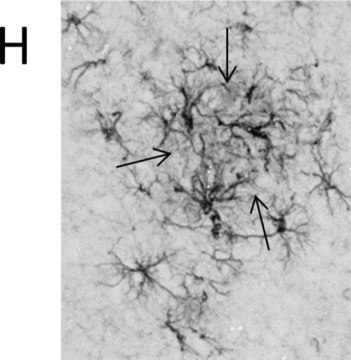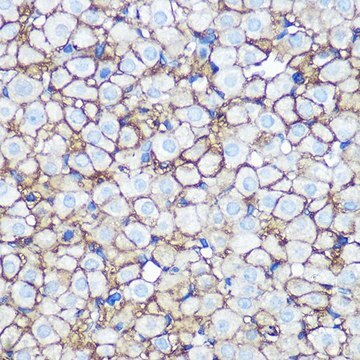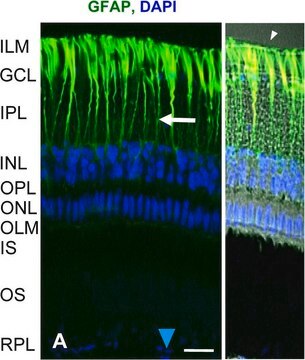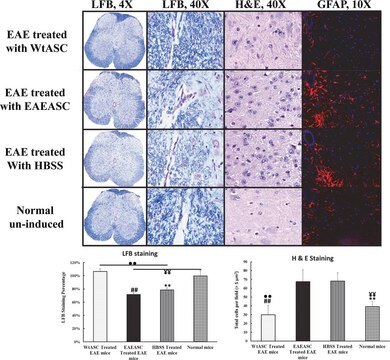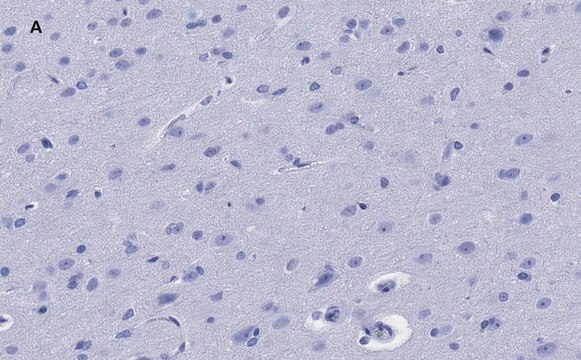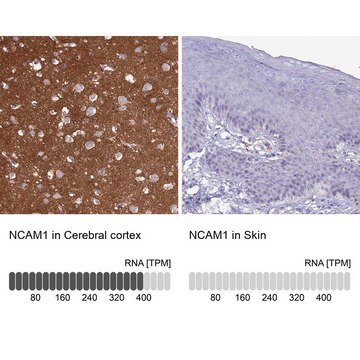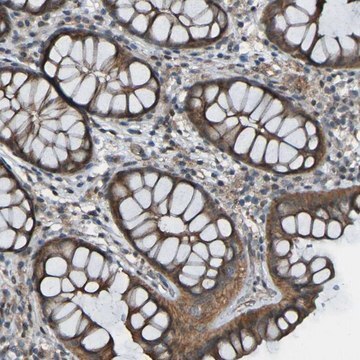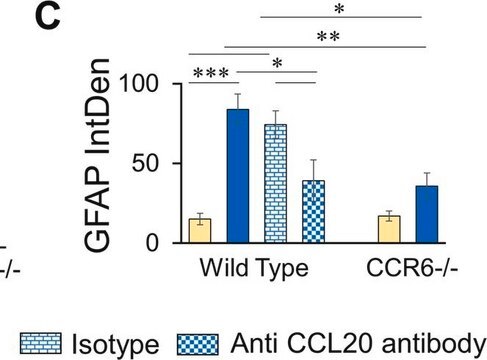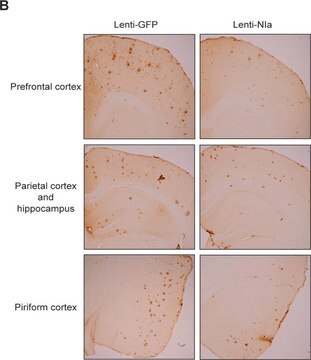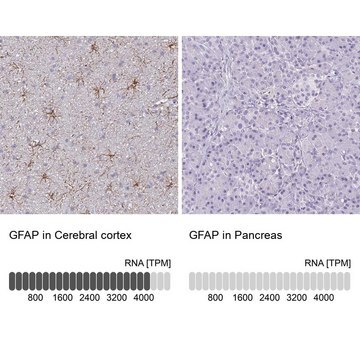MAB3402C3
Anti-GFAP Antibody, Cy3 Conjugate
from mouse, CY3 conjugate
Synonym(s):
Glial fibrillary acidic protein, GFAP
About This Item
Recommended Products
biological source
mouse
Quality Level
conjugate
CY3 conjugate
antibody form
purified immunoglobulin
antibody product type
primary antibodies
clone
monoclonal
species reactivity
mouse, pig
species reactivity (predicted by homology)
porcine (based on 100% sequence homology), human (based on 100% sequence homology), rat (based on 100% sequence homology), chicken (based on 100% sequence homology)
technique(s)
immunocytochemistry: suitable
immunohistochemistry: suitable
isotype
IgG1
NCBI accession no.
UniProt accession no.
shipped in
wet ice
target post-translational modification
unmodified
Gene Information
human ... GFAP(2670)
General description
Specificity
antibody stains astrocytes and Bergman glia cells (Debus, E., 1983).
Immunogen
Application
Neuroscience
Developmental Neuroscience
Quality
Immunocytochemistry Analysis: A 1:100 dilution of this antibody detected GFAP in differentiated ReNcell VMs.
Target description
Physical form
Storage and Stability
Analysis Note
Differentiated ReNcell VMs
Disclaimer
Not finding the right product?
Try our Product Selector Tool.
Storage Class Code
12 - Non Combustible Liquids
WGK
WGK 2
Flash Point(F)
Not applicable
Flash Point(C)
Not applicable
Certificates of Analysis (COA)
Search for Certificates of Analysis (COA) by entering the products Lot/Batch Number. Lot and Batch Numbers can be found on a product’s label following the words ‘Lot’ or ‘Batch’.
Already Own This Product?
Find documentation for the products that you have recently purchased in the Document Library.
Customers Also Viewed
Our team of scientists has experience in all areas of research including Life Science, Material Science, Chemical Synthesis, Chromatography, Analytical and many others.
Contact Technical Service